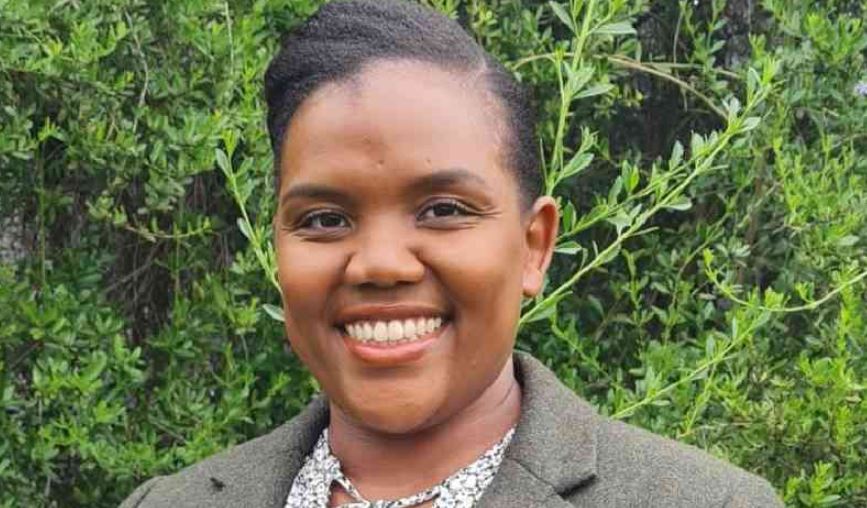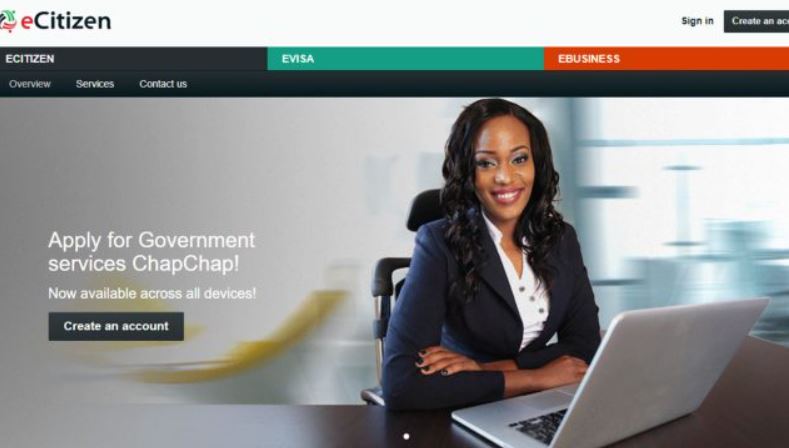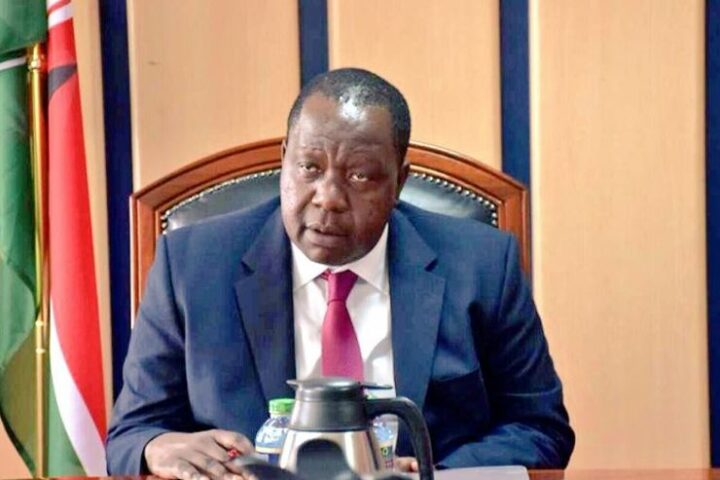
In an interview with Enterprise, she shared insights into recognizing a compelling pitch and shed light on common pitfalls leading to the failure of many startups.
Where do you invest?
We invest in solutions that build resilience and adaptation for climate-vulnerable communities because we feel these communities are hardest hit by the negative impacts of climate change. We invest across Africa through a safe note to the tune of $200,000 (Sh29 million) in each of these companies.
We also support companies through a venture-building programme to accelerate them to grow their businesses. We have companies in Egypt, Morrocco, Nigeria, Senegal, Uganda, Kenya and South Africa.
More venture capitalists are now looking at climate change as a business. Why?
You cannot separate the two because we are all affected by climate change. Think of food insecurity, too much or too little rain, and heat-related ailments.
The businesses we invest in are not exclusively within the climate space but they support individuals in that space such as those providing insurance for farmers when their crops fail or providing solutions on how farmers store their produce.
We also have health conditions that come up specifically as a result of climate change. For example, malaria increases when there are floods so we look at health solutions that target that too. You cannot separate a business or an individual from climate change.
What do you look for in a successful pitch?
In the last eight months, we have looked at over 2,000 pitch decks. In all these, we look for very strong founding teams. We examine the profiles of the team behind the company and the market within which they are operating. We want to understand how the pitch will actually solve a problem.
Is that problem big enough that people will actually continue enabling that business to grow? Is the product fit for the market? Does the company have growth potential? As venture capital investors, our aim is to grow the business to a point where it becomes profitable for both the investor and the company.
Out of the 2,000 pitches, how many actually went through?
We invested in 15 companies. We usually make our investments in cohorts of 10 companies each. Each of the 10 companies goes through a venture-building programme together and becomes an alumnus together. We have completed one cohort and now working on the second. The filter is very thin in terms of the number of companies that we review. It is even thinner in the number of companies that advance through the different stages of our investment process to the number of companies we actually end up investing in.
What exactly in the founders’ team do you look for?
We look for a team that has complementary skill sets. If someone is very good in technology, you have another founder who is very strong in operations. Another co-founder may be very strong in business development and marketing so that as you operate as a team, any gaps within that particular startup are filled in a complimentary way. We also look for founders who have some experience operating another business, either as repeat founders or have some form of work experience. Sometimes we do have some really good founders that come out straight from the university, but usually find the stronger ones have at least some work experience and understanding of how the business operates.
Why do you continue investing when the failure rate for startups is still very high?
Many startups fail because of a lack of product-market fit, lack of funding, or just the general cycle of the investing world. As I mentioned, we try and ensure that we reduce the chances of failure through a venture building programme.
Once we invest in the startups, we support them through each of the aspects likely to cause failure in the initial stages. Market research helps us to understand how to price the product. Which market do we approach first? How do we expand it? How do we build the team?
Companies that have gone through our accelerator programme have a lower failure rate than those that generally start and get funding.
Sometimes in the first round of funding, a company has not really understood how best to deploy that capital, and within a year or two, the business gets a challenge and fails. We try to limit that risk of failure by plugging in all gaps at an early stage.
Why do you prefer to meet some startups before the seed stage?
There is strategic value in coming in early. At that point, the company is able to take in a lot of advice.
They are coachable and have the opportunity to pivot quicker. Coming in early as an investor means that your upside potential is a lot higher because you come in when a company’s valuation is lower than if you invested in it at a later stage.
How do your partnerships with tech firms assist the startups in your portfolio?
Our engagements in tech events help to build our networks, see what services we’re able to tap into that can benefit our startups. Once we come in, we assign a project lead who then goes into these companies and identifies the gaps they have. We then plug in each of the different expertise within our venture-building programme. For example, being an Amazon Web Services partner can help in getting credits that help companies scale up. We are able to see what services to tap into for the benefit of startups.
Women make up a big percentage of your team. Is it intentional or by default?
It is intentional. I am the chief investment officer though the other operating partner is male. Our head of impact is a woman, our head of communications is a woman, our chief strategy officer is a woman, and the CFO is a woman. This is important because we find that funding that goes to female-founded startups on the continent is very limited, or about two percent. Male-run funds are more comfortable investing in male-run startups.
One way to tackle this is by having women-run funds and having women on senior leadership positions to influence how and what goes to female-founded startups. We have high-quality, female-founded companies that just don’t even get a seat at the decision-making table.
So women lose even before even they get anywhere. We have a mandate that 40 per cent of our portfolio has to be female-founded or co-founded so that we increase the capital flow towards women-run companies.
Are you planning to expand outside Africa?
We have a fund outside Africa but our current focus is Africa. We have our first close through our anchor investors, FSD Africa Investments and looking to raise $40 million.
We have our initial first close but then continue with the fundraising process in order to invest in more of the startups that we mentioned. Given where I come from, I strongly feel that Africa is where we should be investing.








